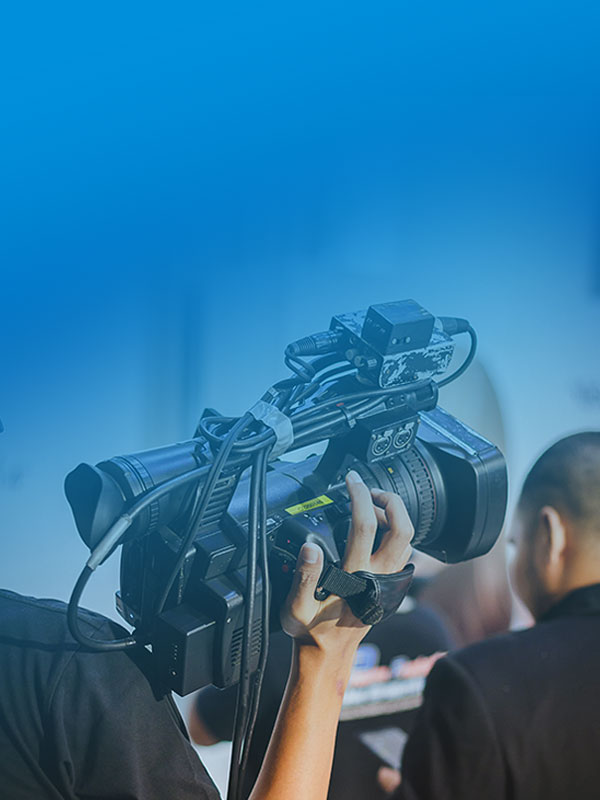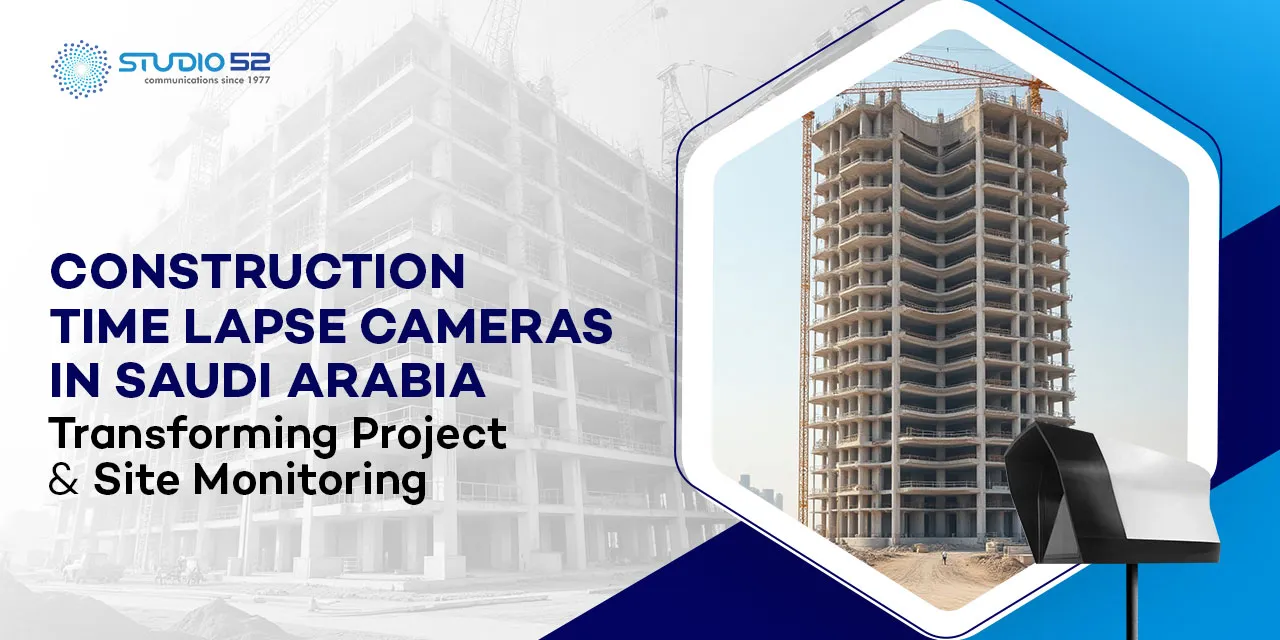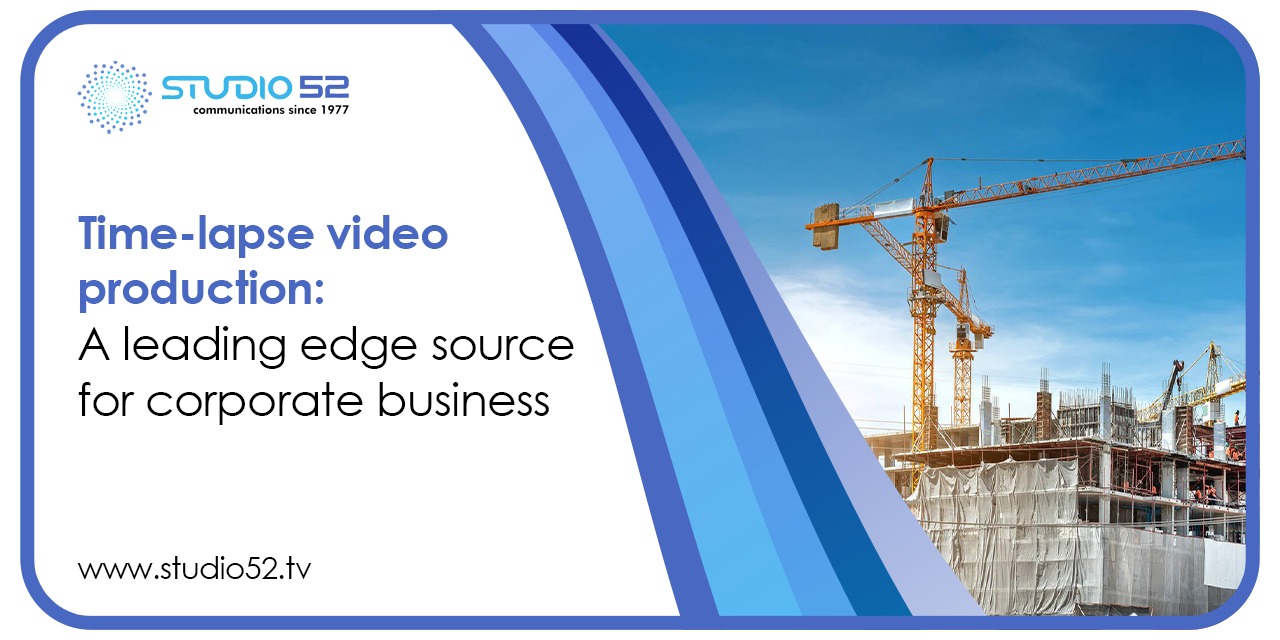Timelapse videos are beautiful, capturing a series of moments, as they happen, over a period of time. Timelapse videos are useful for showing how some important changes happen as the construction progresses over time at the project site.
They are also a great way to showcase the details of a project, as it gets developed from ground zero upwards. Once you start recording timelapse videos, it’s easy to see how these videos can be used for so many different purposes. From sharing periodic project progress reports to senior management to utilizing these videos for marketing purposes. From communicating important milestones with stakeholders to attracting potential investors. The list goes on..
If you’re looking to produce incredible construction timelapse videos, but aren’t entirely sure where to start, then this is the article to read. In this blog post, we will cover everything you need to know about different important elements required for developing a high quality timelapse video.
Table of Content
1. Timelapse Camera
You can’t think of creating a video without first thinking of getting a camera. While the in-built camera of a mobile phone, or a DSLR are options, we recommend that you go for a specialized timelapse camera unit. The quality of your timelapse video will depend largely on the quality of the camera used to shoot it.

The best timelapse cameras are effective for shrinking long construction days, months, or even years, into a few seconds and create most engaging videos. Using devices other than a dedicated timelapse camera will require that you install a weatherproof enclosure for the camera to withstand the harsh conditions at the construction site. Additionally, continuous power supply, Wi-Fi connectivity, SD card for local storage may have to be provided, which can prove to be cumbersome for a hassle free usage at a project site.
At Studio 52, we use 100% solar-powered & 100% wireless, all weatherproof, 3G / 4G / LTE enabled, integrated timelapse camera units that guarantees a 4k/6k quality output. Our cloud-based, remote management interface gives you instant access to your camera using your smartphone, tablet or PC and offers uninterrupted access for monitoring your project site.
2. Project Site
You are most likely recording a timelapse video to show the construction progress. So, it is important to prepare the project site prior to installation of the timelapse cameras. Depending on the area to be covered, the appropriate number of cameras can be decided to ensure optimum coverage. Also a detailed technical site visit by experts can help finalize the most suitable strategic point for camera installation and the field of view to be captured. These site visit can also help determine and additional requirements to prep the project site, like requirements of scaffolds to install the cameras, clearing of the area for erecting the scaffolds.
The timelapse cameras will remain fixed at a particular location at the project site from a few months to a few years. Hence it is important to select the strategic location for camera installation at the project to avoid any disturbance to the cameras or blocking of view over a period of time which may then result in relocation of cameras. Thus hampering the entire purpose for which the cameras were installed.
3. Storage
Mastering timelapse photography involves capturing images of the project site from the same fixed angle at a scheduled time frequency, 15 mins / 30 mins / 45 mins, there should be sufficient storage available to save all the images for the entire project duration. While memory cards with an adequate capacity may suffice, it is more advisable to go the route of secured cloud storage. That way, you get to surmount the different limitations of local storage, including facing the risk of data loss due to corrupt files.
4. Network Data
Many timelapse cameras come with features that can be controlled remotely via Bluetooth and Wi-Fi. So, it is important that you make plans for a stable network. To curb instances of poor internet connection, have multiple options that include Wi-Fi, and the use of mobile or SIM card data.
Network data is particularly important for navigating through the camera functions including online access of the cameras, live streaming and for cloud storage.
5. Compact & Integrated Unit
It is best to work with a compact and integrated unit. The more portable the setup, the better. Cameras specifically designed for timelapse photography always come with an in- built intervalometer. This way, you have to carry less appendages.
Overall, special timelapse cameras units are better than DSLR cameras for recording your timelapse images. However, if you have to use a DSLR camera, take its weight into consideration, because while they also produce high-quality output, they are very bulky and would need an additional weatherproof enclosure.
6. Scaffolding
You’ll also need some way to install your camera. This could be a stand, or a gimbal, but you’ll probably want some way of installing your camera at a higher elevation, so that it captures the entire project site.
The easiest way is to use scaffolding. Scaffolding is a structure on which the timelapse camera unit can be installed at a higher elevation. The structure also provides easy access to the cameras for repairs and maintenance activities.
Ensure that the scaffolding is made of good material & is set up on a sturdy ground to guarantee the camera’s safety and stability on the scaffolding structure.
What is Scaffolding?
Scaffolding is a form of temporary structure used for construction and maintenance projects to enable workers, technicians, engineers to work safely at heights. It consists of a framework, called a scaffold, that is usually supported by pillars or posts. Built around the perimeter of a building, scaffolding has to be constructed to large heights in multi-story buildings.
It is used in all aspects of construction, including residential and commercial projects. It provides a platform for workers to stand on while they work on the building to provide access to higher levels and hard-to-reach areas.
The scaffolding can be erected quickly and taken down just as fast when the project is complete. The major advantage of scaffolding is that it provides protection for the workers and other people working on the site.
Use of Scaffolding To Install Timelapse Camera Units
Depending on the type of scaffolding you use, you can install the timelapse camera units at different heights as desired on the structure. Multiple timelapse camera units can be installed on the same scaffold structure covering different angles of the project site.
The scaffold structure gives you the flexibility to install the cameras directly on the structure using clams / brackets, nuts and bolts. One needs to be careful of the surroundings while erecting these structures. You will want to find a place that is safe and without any obstacles. And you will want to be sure that you are not blocking any pathways or roads at the construction site by erecting your scaffolding.
Depending on the location where you are recording, you will also want to consider what the weather is like. Scaffoldings are usually outdoors and at the same spot for an extended period of time, so ensure the material used for scaffolding structure is high quality and is painted / polished well to withstand rusting.
Conclusion
This article elaborates on the use of scaffolding structures as an important element for your ideal timelapse camera videos.
Using scaffolding structure as against a pole or tower for installation of timelapse camera units is always preferable for hassle free access to the camera and smooth operations in the long run. Afterall, no construction project is a one day job.
We would love for you to share your experience with us in the comment section. And if you need help creating a engaging timelapse videos of your construction progress, you can reach out to us at Studio 52.







